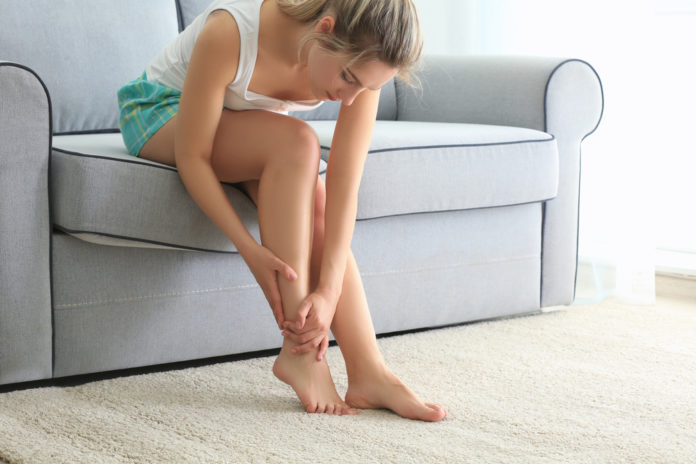Common Reasons for Joint Pain
Joint pain has numerous causes, including overuse, physical inactivity, and various forms of infections and viruses. The following conditions specific to and more common in women may also cause joint pain:
Osteoarthritis
Osteoarthritis is the most common form of arthritis and occurs when cartilage (or the cushion on the ends on bones) wears away. The bones then rub against one another and causes pain, swelling, and stiffness.
The condition is approximately twice as common in women compared to men and risk increases with age, especially related to the the loss of estrogen following menopause.
Rheumatoid Arthritis
Rheumatoid arthritis (RA) is an autoimmune disorder, an umbrella term to describe when the immune system starts to attack normally healthy cells. So specific to rheumatoid arthritis, joints are affected and results to mild to severe symptoms of pain and additional arthritic symptoms.
Approximately three times more women have rheumatoid arthritis, while also affecting women at a younger age and may cause more severe symptoms compared to men.
Lupus
Like rheumatoid arthritis, lupus is an autoimmune disease in which the body mistakenly attacks itself. However, dissimilar to RA that predominately attacks the joints, lupus can damage any part of the body, including joints, skin, kidneys, lungs, and the heart and brain.
Lupus is about nine times more common in women than men, which may be largely related to hormones, sex chromosomes, and genetics that increase susceptibility to the condition.
Hypothyroidism
Hypothyroidism, also known as underactive thyroid disease, is a condition in which the thyroid gland does not produce sufficient thyroid hormone and consequently slows down metabolic processes.
If left unmanaged, hypothyroidism can lead to weight gain, joint pain, fatigue, weakness, hair loss, constipation, cold intolerance, muscle cramps, depression, memory loss, abnormal menstrual cycles in females.
Women are also more likely than men to have thyroid diseases, especially right after pregnancy and after menopause.
Fibromyalgia
Fibromyalgia is a complex disorder that causes widespread pain and tenderness of the body, including of the joints, and often accompanied by by fatigue and altered sleep, memory, and mood. Episodes can also come and go and may be triggered by physical or emotional stress.
Fibromyalgia is more common in females and people with rheumatoid arthritis or lupus also have a greater risk of developing the condition.
Menstruation and Menopause
It is not too uncommon women complain of leg pain during menstruation, particularly in the knees. Researchers speculate the joint pain is related to changes in estrogen and progesterone during these cycles, as they also play apart in nervous system functions and increase vulnerability to pain.
Women who also suffer from arthritis, osteoarthritis, and other disorders affecting the joints often report greater pain leading up to and following menstruation and menopause.
Managing Joint Pain
When it comes to relieving joint pain, management options predominately rely on the underlying cause. Nonetheless, the goal of treatment is to reduce associated pain and inflammation and improve overall functioning. Common techniques include:
- Medications that relieve joint pain and swelling, including nonsteroidal anti-inflammatory drugs (NSAIDs) such as aspirin and ibuprofen
- Steroid injections, especially in individuals managing arthritis, if oral medications do not offer relief and joint pain continues
- Lifestyle changes, such as diet and exercise, as weight loss can also help relieve pressure from the joints and deter pain
- Topical agents and creams
- Joint replacement surgery
- Physical therapy to help stabilize and strengthen the muscles around the joint and improve range of motion
- Alternative treatments such as with glucosamine and chondroitin
- Home care methods, including compressing and elevating the joint and using a heating pad









